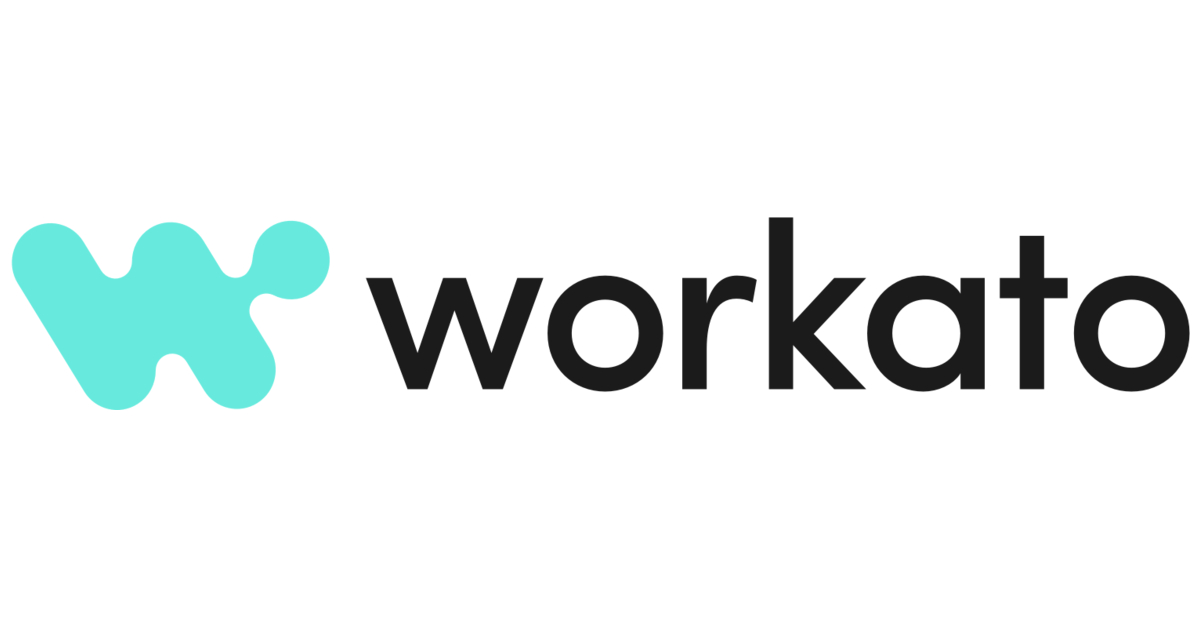Tips for an Effective Content Marketing Process

If a business wants to succeed in today’s digital age, it must deliver information that matters.
If your business isn’t present on social media, you risk missing out on important benefits for your brand. Social media can help you attract new customers and communicate more effectively with existing customers.
It can be an extremely accessible and personal way to connect with your customers while gaining effective insights into your brand. However, it is paramount that you ensure secure and reliable internet service for your business. Cox offers a wide variety of internet plans and packages at reasonable rates, without having to tie you to long-term contracts. Cox Servicio al client 24 horas allows you to get immediate answers from their representatives and solve problems faster. Since you are now equipped with a good Internet, we will give you an overview of content marketing and a cheat sheet on how to make it work for you!
Your customers, prospects and target groups need valuable content from your business. Additionally, this content should reach viewers naturally and organically, not intrusively. Content marketing helps businesses with this and describes the process of engaging, engaging and surprising your target markets.
By focusing on effective content marketing, you can do just that, and as a result, increase conversions, build brand awareness, increase sales, position yourself as an industry leader, and more.
Whether you’re starting with a strategy or updating an existing one, it never hurts to reassess your process and find new ways to create and distribute the content your audience wants. Here are some tips you can consider:
- have a plan
It may seem obvious, but having a plan before you even start writing will make your content more focused and your outcome more consistent. You can start by creating an editorial content calendar. Decide what types of content you want to share and which platforms work best, and plan the frequency of each piece of content.
When it comes to content distribution, various platforms require varying posting frequencies and particular types of content. Twitter, for example, requires multiple posts per day, while Facebook allows you to post once per day. Photo content is particularly suited to Instagram, and TikTok makes it stand out with short videos.
Also, be sure to determine the purpose of each type of content and its value to readers. Once you understand your audience, you’ll have a clearer idea of what content to write, in what tone, and when and where to post it.
- Define your mission
Your content mission statement clarifies who the content is for and why you’re designing it for them. It gives you insight into why your content exists. Your mission should involve your audience, the types of content you use for them, and how your content will benefit them.
- Select the right content
By choosing the right types of content, you can deliver greater value to your target customers.
Almost every business on the internet publishes articles and blog posts as a central part of their content marketing strategy. By posting them on your website, you provide the main section where your readers can learn more about how to solve their problems. However, you must also specify the types of posts to publish.
- Discover the competition
How are your competitors using social media? Even if you don’t want to copy them, learning what others have done is a great way to shorten your learning curve. Competitive analysis can help you understand what works and what doesn’t for other businesses like yours.
- Customer service
With so many customers already communicating through social media, using social media for customer service is an obvious way to go. Communicating through social media allows you to quickly and efficiently resolve customer issues and build a loyal customer base.
Many dissatisfied customers leave comments on the brand’s public social networks such as Instagram and Facebook accounts, or tweet at the company. While you shouldn’t ignore these comments, it’s not always a good idea to make the entire meeting public. Show other customers that you appreciate their effort and time by sending an initial response and asking them to continue the conversation privately.
- Have a return
Finally, you need to collect customer feedback on their perception and opinions of your business and your competitors. This is useful because you hear customers’ needs, pain points, or experiences, and other psychographics directly from them. You can also find out what they think of your business and your competitors and fill in any niches or gaps or perhaps save your brand image from public ruin. You can do this through surveys, social media polls or questions, interviews or testimonials.
- Design key performance indicators (KPIs)
You’ve already set goals for your content marketing strategy, but you need ways to measure your progress against them. You do this by defining KPIs of key performance indicators. It is an essential but often overlooked part of any strategy. Regular monitoring of KPIs will tell you if you need to make changes or how the strategy is working.
A solid content marketing strategy is a long process that takes a lot of work and time to be effective. If your content isn’t performing as well as you’d like, it may be worth reviewing and reconsidering your strategy. Knowing the gaps in your content can help you make the necessary improvements. Your company’s brand voice and personality, combined with what your audience cares about, will play the biggest role in determining your approach.

.jpg)

